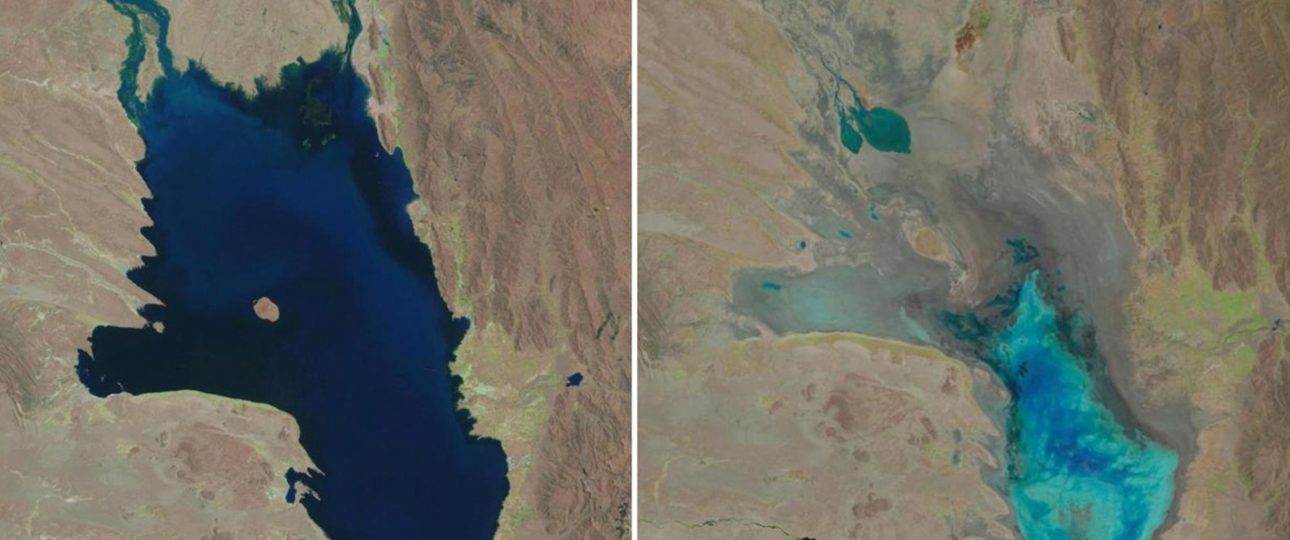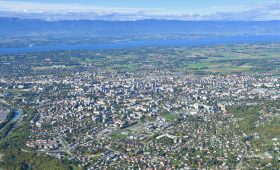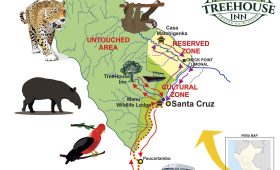Exploring Lake Poopó: Bolivia’s Vanishing Landscape
Understanding Lake Poopó’s Dynamics
Lake Poopó, once a significant saltwater body in Bolivia, has experienced dramatic changes over the years. At its peak in 1986, the lake covered an area of 1,400 square miles. However, due to a combination of climate change, increased evaporation rates, and water diversion for mining and irrigation, the lake has largely disappeared. In 2016, the Bolivian government declared the area a disaster zone.
Geological and Hydrological Features
The lake was primarily fed by the Desaguadero River, which flows from Lake Titicaca. This river accounted for about 92% of Lake Poopó’s water. The lake’s endorheic nature, meaning it has no major outlet, contributed to its high salinity levels. Salinity varied significantly, with the northern end being less saline due to freshwater inflow, while the southern end was much saltier.
Ecological and Cultural Significance
Despite its challenges, the area around Lake Poopó holds ecological and cultural importance. Archaeological evidence indicates the influence of the Wankarani culture, with complex urban areas developing during the Late Formative period (200 BC – 200 AD). The region also shows signs of Tiwanaku influence, highlighting interactions between different cultures.
Historically, the lake supported a diverse ecosystem, including various bird species like flamingos and Andean avocets. However, the ecological balance has been disrupted by environmental changes.
Mining and Environmental Impact
Mining has been a significant activity in the Poopó Basin since the 13th century, intensifying after Spanish colonization. The extraction of silver and tin has contributed to heavy metal pollution in the area. Studies have shown elevated levels of heavy metals in the water, exacerbated by mining activities and natural weathering processes.
Visiting the Region
Travelers interested in visiting the Lake Poopó region should be prepared for an adventure. The nearest major city is Oruro, accessible by domestic flights. From there, options include hiring a private car or joining a guided tour to explore the area. While the lake itself is no longer a major attraction, the surrounding landscape and cultural history offer unique insights into Bolivia’s past.
Visitors should be aware of the environmental challenges and the ongoing efforts to restore the area. The region’s climate can be harsh, with significant temperature fluctuations, so packing accordingly is essential.
Summary
- Lake Poopó was a significant saltwater lake in Bolivia, now largely vanished due to environmental factors.
- The lake’s high salinity was due to its endorheic nature and arid climate.
- The area has rich archaeological and cultural significance, with evidence of Wankarani and Tiwanaku influences.
- Mining has contributed to environmental degradation, with elevated heavy metal levels in the water.
- Oruro is the gateway city for exploring the region, with transportation options including private cars and guided tours.




